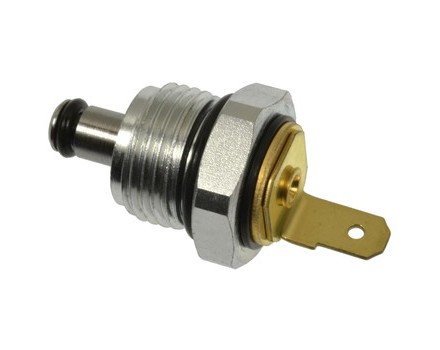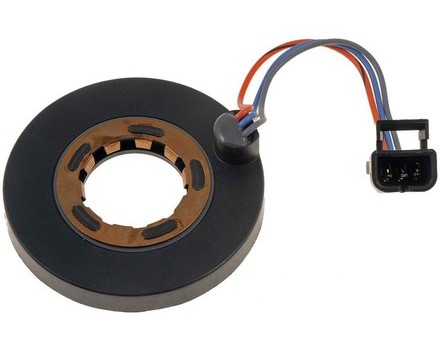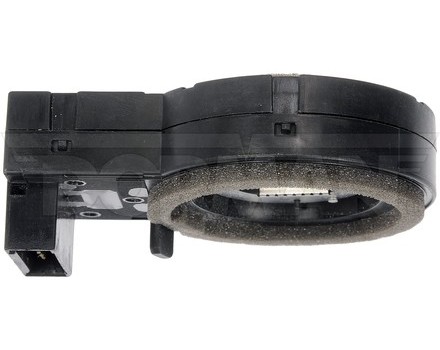Sensors
Filter Options
Important: To get started, click the blue "Filter Options" button to select your vehicle and then use the filters to narrow your options.
Important: To get started, select your vehicle on the left and then use the filters to narrow your options.
What are Sensors?
Sensors are automotive components that detect changes in the environment and send signals to a control unit. They are used to measure or detect various types of data, such as temperature, pressure, location, and speed.
What is the purpose of Sensors?
Sensors are used to measure or detect various types of data in an automotive system. They help to control the operation of the system by sending signals to a control unit to adjust the various components in the system.
How do I determine if my Sensor is faulty?
If your sensor is faulty, you may experience a variety of symptoms, such as decreased fuel efficiency, engine misfires, or engine stalling. You may also experience a decrease in performance, such as slower acceleration or decreased power.
Can a faulty Sensor cause damage?
Yes, a faulty sensor can cause other components in the system to malfunction, resulting in further damage.
How do I replace a Sensor?
- Disconnect the battery and wait for at least five minutes to ensure all power is gone.
- Disconnect the wiring harness from the sensor.
- Remove the mounting bolts and remove the sensor from the vehicle.
- Install the new sensor and secure it with the mounting bolts.
- Reconnect the wiring harness and reconnect the battery.
How often should I inspect my Sensor?
Sensors should be inspected every 6 months to ensure they are functioning properly. It is recommended to have a professional inspect your sensor regularly.



